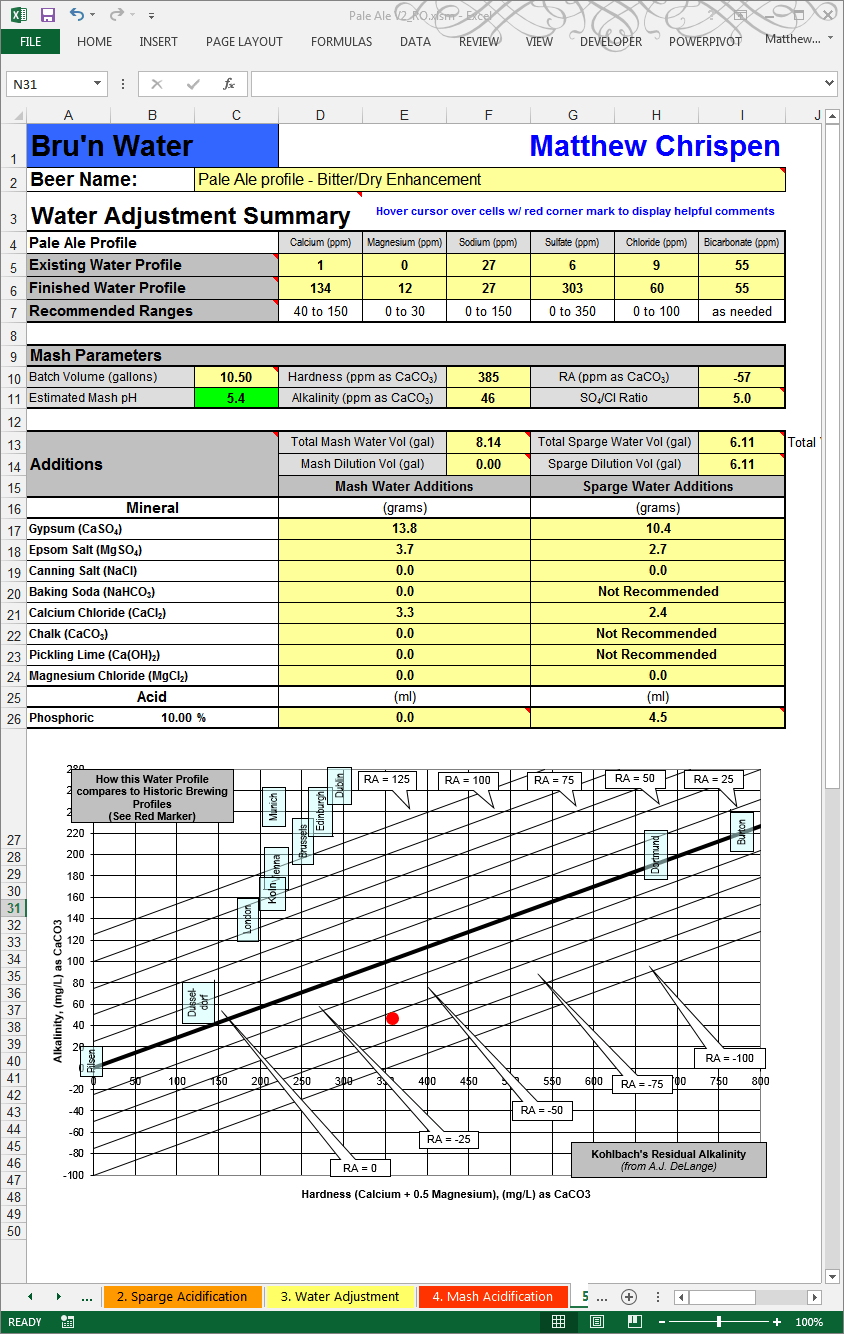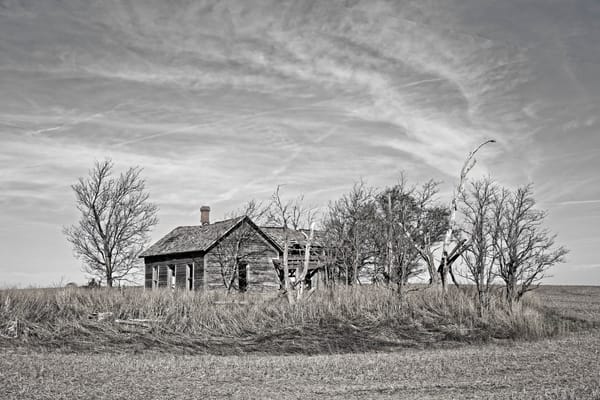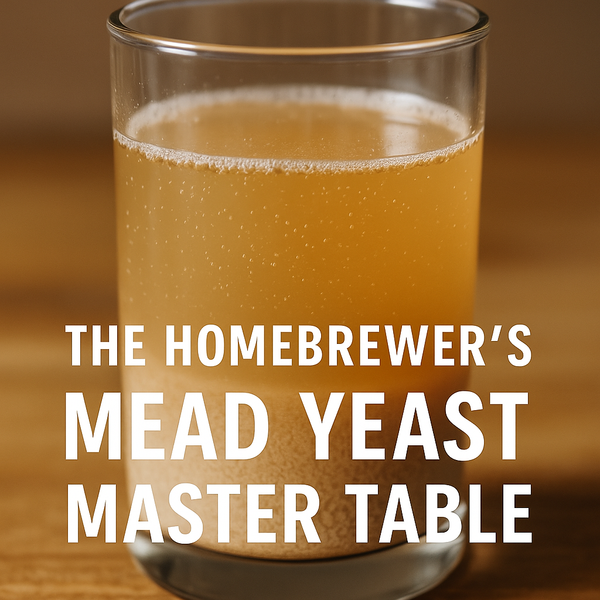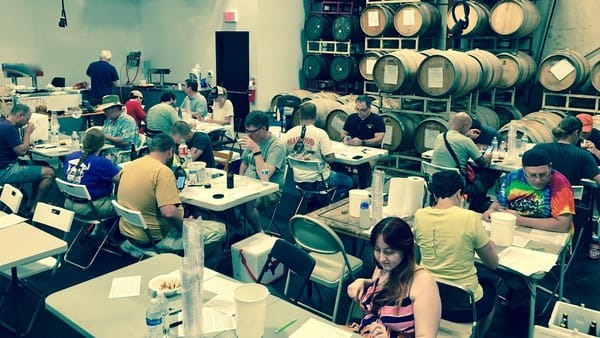Calibration Series: A House Recipe, American Pale Ale

I realize most people would consider calibration something you would do with a measurement device. Something that I have been striving for as a brewer is the ability to repeat a recipe, and then make simple/small changes to refine or improve it's characteristics. We should all realize the actual measure of a good brewer at our favorite brewpub is to deliver the same great taste and quality of their standard taps brew after brew. Do NOT underestimate how challenging this can be! So to continue my series on Calibration, we are going to look at the brew house and the ability to brew a recipe consistently, and be able to understand the recipe in such a way as to manipulate specific flavors we may require.
So I have been working to refine my house pale ale recipe now for about 10 batches. Now doing 10.5 gallon batches can result in a lot of beer to consume, so one may wish to do this at 5.5 gallon scale, but I wanted to match as closely as possible. I began with a recipe that is supposed to be a clone of Sierra Nevada Pale Ale - easy since I can directly compare to the real thing, and SN is gracious enough to release "official clones" to the homebrewing community. So I brewed this a couple of times, and realized I had a big water issue (we've discussed this before). However, there is also caramel malt in the grist, something that seems to be common, but bothers me about most pale ales. APA should be (IMHO) very dry, but brightly hopped with crisp American hops, traditionally something with cascades. However every batch (save one that was ridiculously astringent), refused to ferment out completely and the caramel amounts overwhelmed the malt base (I want nutty biscuit, not sweet). So this required a reset in thinking for the recipe: 1.) Reduce or eliminate the crystal/caramel malts and 2.) Push the sulfate levels to around 300 ppm. For the record, I am not trying to clone SNPA, rather build my own version of the classic cascades driven American Pale Ale.
By eliminating the caramel malts and replacing some with Vienna or Munich malt (not the crystals), I am able to add a tiny bit of complexity without overpowering the hops. A bit of dextrine malt helps to build a bit of body and head retention. This brings my recipe much closer to Jamil's APA in "Brewing Classic Styles" than the many SNPA clone recipes out there. By enhancing the sulfate levels (matched the Pale Ale profile in Bru'n Water), I am getting that sharper, crisper hop character. My only adjustment now is to pull back a bit on the bitterness (first addition) or use First Wort Hopping to smooth off the top edge. Perhaps split the difference and add half the bittering charge at FWH and 60 minutes. The results in the last two batches have really been pleasant, and much closer to Sierra Nevada than previous attempts.
In "calibrating" your brew house, make sure to carefully measure everything (timing, volumes, weights, temperatures, pH) and take careful notes. This will require some calm and confidence to address some small issues that may come up. You want to look carefully after you are done at the notes, and adjust your brew house efficiency (in your recipe program) or understand how certain things may have gone awry.
[beerxml recipe=https://accidentalis.com/content/files/2025/11/house-apa-2.xml metric=false cache=-1]

Brewday went very well with no issues. Did not use any phosphoric in the sparge as recommended, since I am using RO.
Will post up a side by side tasting of this with my Triple Trippel in the New Year!




